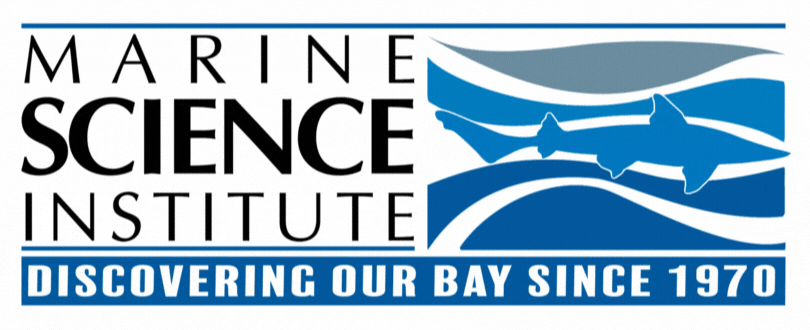

There’s a misconception that those star shaped animals we often find in rocky tide pools and beautiful clear Caribbean reefs are called starfish. When in fact, they are not fish at all. They are invertebrates, meaning they are an animal with no backbone, and are correctly known as sea stars. This week in Afternoon Ecology, the kids got to learn about different types of invertebrates. They compared and contrasted the same species from the bay and the ocean. Each developing their own set of adaptations unique to the environment they live.
We gathered 3 examples from tanks in the aquarium room and placed them accordingly on the “bay side” and “ocean side.” Pairing into groups of two, the kids got to touch and hold the animals, discussing the physical differences. Our ocean invertebrates are often found in tidal pools, having to endure changes in water level four times a day and harsh waves hitting the rocks in which they live. Bay invertebrates live a much calmer life in deeper waters and slight ocean currents. Consequently, mussels in the ocean are much larger and ridged, while bay mussels are small and smooth.

Kelp crabs of the ocean are soft shelled allowing for possible tumbling in the waves, while spider crabs are small and lightweight allowing them to move quickly across the muddy bottom of the bay.
Each week, the kids are required to report information learned into their nature journals whether it be drawings or diagrams. This week, we used venn diagrams to show the relations between the kelp crab and spider crab.

Diving deeper into the realm of invertebrates, it was time to explore everyone’s favorite, the sea star! The kids were able to get their hands dirty once again, dissecting a sea star, and discovering the anatomy. This was definitely the highlight of the day! Many of the kids had never experienced a dissection before, but they went in fearless and excited to learn in a new way! They took turns cutting the sea star, and discussed possible functions of different organs. They were equally fascinated as they were grossed out! And loved every minute.
We ended the day by observing living sea stars from the tidal tank. They got to gently feel them using the two finger method, and compared differences between them. We shared what our favorite activity of the day was, followed by a preview of what’s to come! Join us next week as we learn about the fish that live in the bay vs. the ocean.





